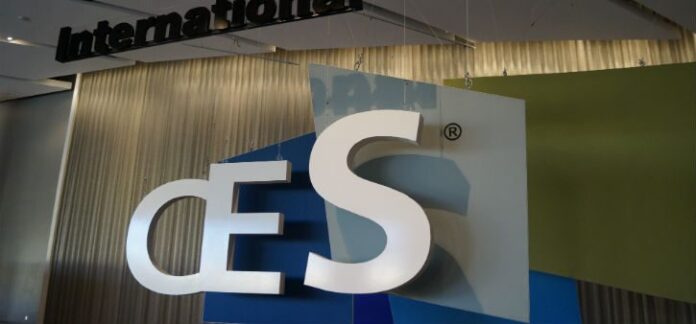LAS VEGAS – With an expected 1000x data demand increase, there is a race to increase efficiency in LTE networks. With that in mind, Qualcomm is testing what could be the next evolution in LTE Advanced technology.
At CES 2015, the company is demonstrating how the addition of unlicensed spectrum to traditional Wi-Fi networks could increase network performance and enhance user experience.
The company used carrier aggregation with multiple channels of LTE to test LTE-U, the unlicensed 5GHz band of 4G LTE spectrum, against traditional Wi-Fi.
Qualcomm used a stress test to demonstrate that not only can LTE-U coexist with Wi-Fi, but the two can thrive together.
They set up a screened room with eight pairs of access points occupying the same channel and added Wi-Fi access-point terminals in one room and LTE-U terminals in another. The results show the average throughput of 3.3 Mbps with Wi-Fi alone more than doubled to 6.7 Mbps when the LTE-U access point was introduced.
In another test to show that LTE-U is a better neighbor to Wi-Fi than Wi-Fi itself, they took eight Wi-Fi nodes and replaced four of them with LTE-U nodes, the result of which showed a 1.9 Mbps increase in average Wi-Fi throughput. In almost every test, the LTE-U enhanced network outperformed traditional Wi-Fi.
Qualcomm sees the LTE-U networks being ideal for small cell deployment and being a viable option for both outdoor metrocells and indoor enterprise, and residential small cells. They believe a single LTE network for licensed and unlicensed will provide the same mobility and security framework as Wi-Fi. They also see the deployment coming possibly in tandem with Wi-Fi.
Unlicensed spectrum has been in the news all week at CES 2015, with Ericsson launching a new small cell for LTE in the 5 GHz band, and T-Mobile US CTO Neville Ray blogging about the company’s plans to deploy LTE in unlicensed spectrum.

